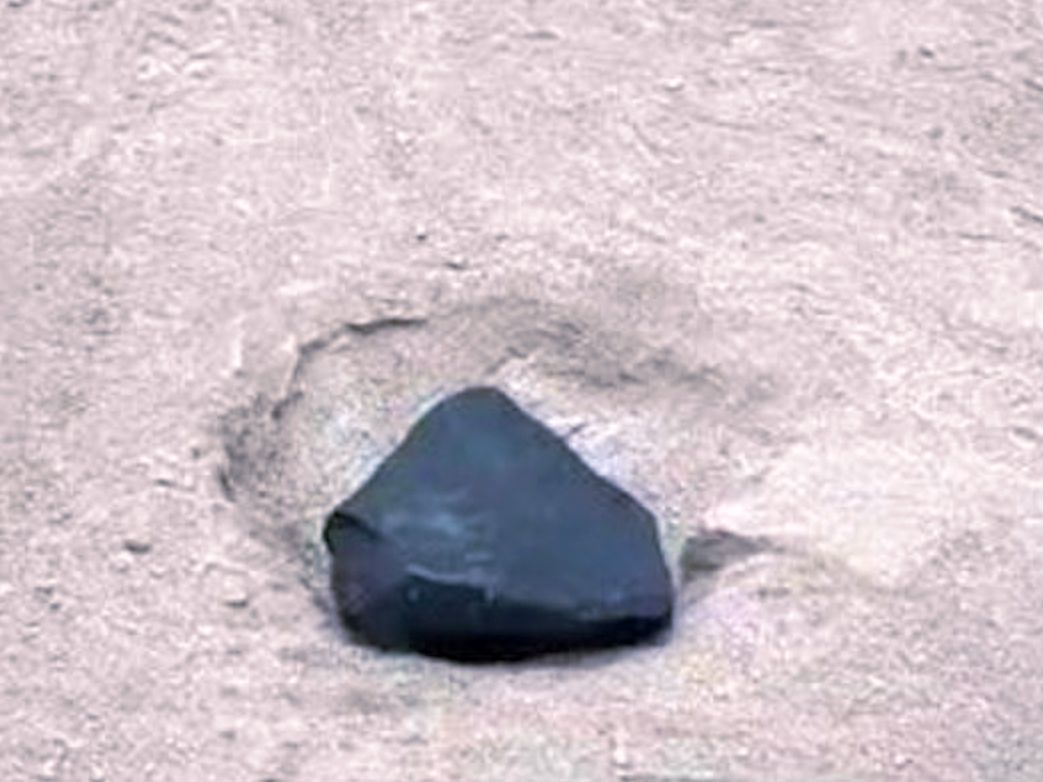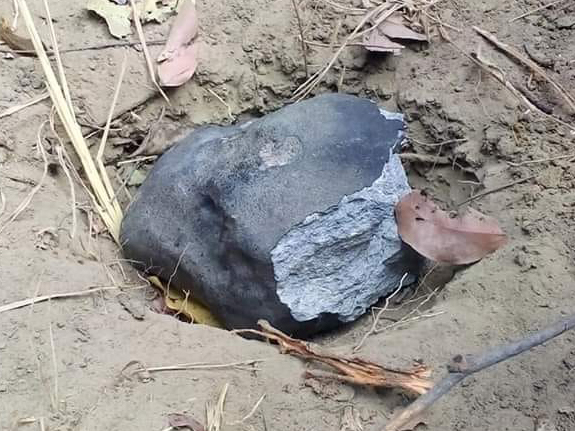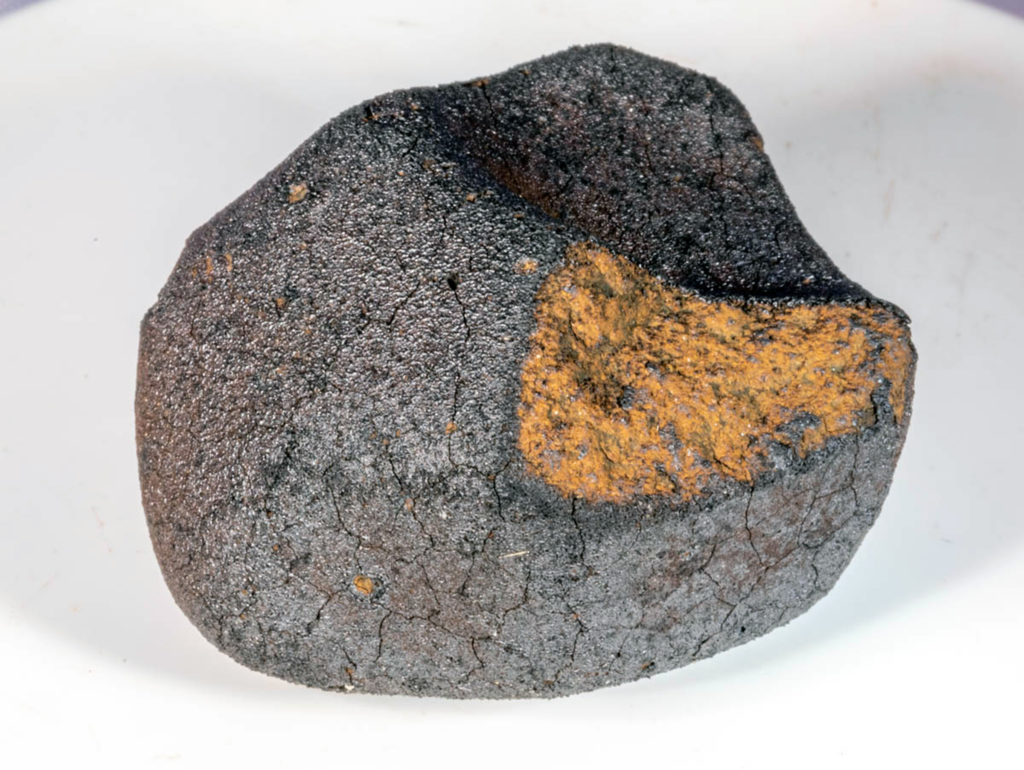Monitoring the petrology and mineral chemistry of NWA 16080: Insights into the evolution of CV chondrites
Xinyi Tian, Bingkui Miao, Zhipeng Xia, Baochen Yang & Dongliang Yang
Acta Geochimica, Published: 07 February 2025
“NWA 16080 is a representative reduced CV carbonaceous chondrite (CVred), consisting mainly of chondrules (47 vol%) and matrix (42 vol%), along with minor quantities of calcium- and aluminum-rich inclusions (CAI) and amoeboid olivine aggregates (AOA) (CAI + AOA, 6 vol%) and opaque minerals (5 vol%). The chondrules exhibit well-preserved outlines and can be categorized into Type I (Fa < 10) and Type II (Fa > 10). They primarily consist of magnesium-rich olivine, along with both low-Ca and high-Ca pyroxenes, and contain minor amounts of secondary plagioclase. Olivines present in chondrules display compositional zoning characterized whereas the matrix is composed of fine-grained olivine. Nickel-rich metal and nickel-poor sulfides are also present, along with trace amounts of magnetite. In contrast to standard oxidized CV chondrites (CVox), the presence of high metal, Ni-poor sulfides, and reduced magnetite in NWA 16080 indicates a more reduced parent-body environment. Shock metamorphism is classified as mild (S1), while terrestrial weathering is characterized as low (W2). Raman spectroscopy indicates a diverse spectrum of organic matter (OM) maturity: certain areas exhibit characteristics akin to other CVred chondrites, whereas others reach maturity levels comparable to those observed in CVox chondrites. The Raman parameters indicate that this meteorite is classified as approximately type 3.4 to 3.5. The overlapping OM maturity with certain CVox chondrites provides a contradiction to the anticipated depth-thermal layering outlined in the onion-shell model. This suggests that the CV parent body probably experienced more intricate processes, including impacts and fluid-rock interactions, rather than merely depth-dependent heating.”
































